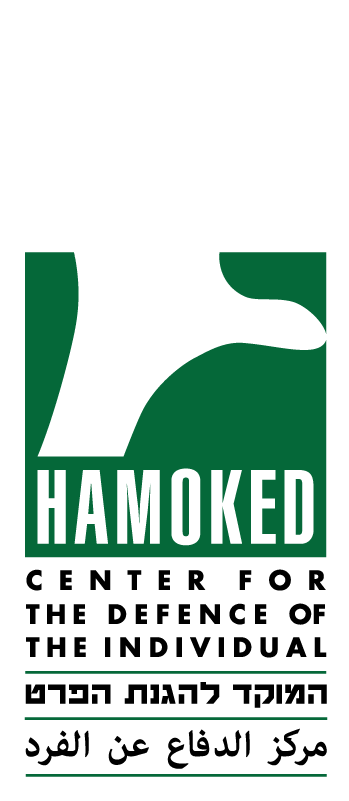Family Unification in the Occupied Palestinian Territories
In 1967, with the onset of the occupation, Israel held a census in the West Bank and the Gaza Strip. Ever since, with the exception of children under 16, a person who is not listed in the population registry is able, allegedly, to acquire residency status only through the family-unification procedure. Although under the Oslo Accords the powers to administer the population registry in the Occup


